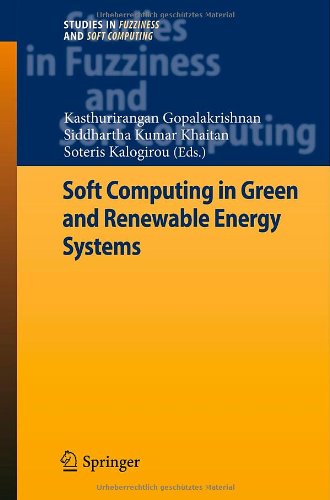

Most ebook files are in PDF format, so you can easily read them using various software such as Foxit Reader or directly on the Google Chrome browser.
Some ebook files are released by publishers in other formats such as .awz, .mobi, .epub, .fb2, etc. You may need to install specific software to read these formats on mobile/PC, such as Calibre.
Please read the tutorial at this link: https://ebookbell.com/faq
We offer FREE conversion to the popular formats you request; however, this may take some time. Therefore, right after payment, please email us, and we will try to provide the service as quickly as possible.
For some exceptional file formats or broken links (if any), please refrain from opening any disputes. Instead, email us first, and we will try to assist within a maximum of 6 hours.
EbookBell Team

5.0
28 reviewsSoft Computing in Green and Renewable Energy Systems provides a practical introduction to the application of soft computing techniques and hybrid intelligent systems for designing, modeling, characterizing, optimizing, forecasting, and performance prediction of green and renewable energy systems. Research is proceeding at jet speed on renewable energy (energy derived from natural resources such as sunlight, wind, tides, rain, geothermal heat, biomass, hydrogen, etc.) as policy makers, researchers, economists, and world agencies have joined forces in finding alternative sustainable energy solutions to current critical environmental, economic, and social issues. The innovative models, environmentally benign processes, data analytics, etc. employed in renewable energy systems are computationally-intensive, non-linear and complex as well as involve a high degree of uncertainty. Soft computing technologies, such as fuzzy sets and systems, neural science and systems, evolutionary algorithms and genetic programming, and machine learning, are ideal in handling the noise, imprecision, and uncertainty in the data, and yet achieve robust, low-cost solutions. As a result, intelligent and soft computing paradigms are finding increasing applications in the study of renewable energy systems. Researchers, practitioners, undergraduate and graduate students engaged in the study of renewable energy systems will find this book very useful.